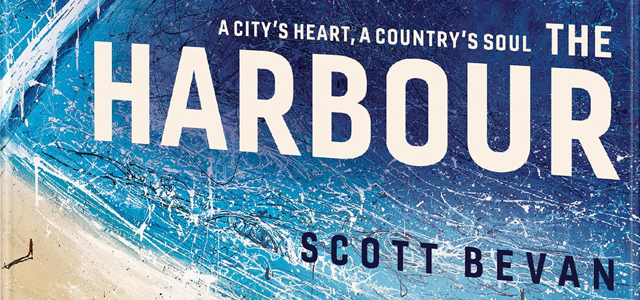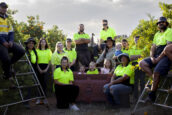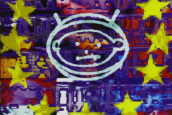
A City’s Heart, A Country’s Soul

Review: The Harbour: A City’s Heart, A Country’s Soul
Author: Scott Bevan
Sydney Harbour is a magnificent place, its twists and turns offering glimpses, then vistas, its wide spaces setting off rolling hills where buildings jostle for prime position, and where scrubby, rocky bushland still hangs on. It is a microcosm of the way Australian urban landscape contends with older, rougher nature, and the way we crowd around the oceanic edges of our continent.
It is hyperbole to suggest, as does the subtitle of ABC journalist Scott Bevan’s new book, that the harbour is the ‘country’s soul’. After-all, it is unlikely Perth or Cairns residents give it much thought from one month to the next. But it is more beguiling than Melbourne’s Port Philip Bay, or Botany Bay, and there are aspects of it, when you are by or on it, that snag the heart, especially when the sun lights up the ‘crushed diamond water’, as Clive James once put it. There is something spiritual about its presence as a calm, blank space in the middle of urban busyness that makes harbour-goers resort to religious metaphors. ‘It’s heaven on earth’ says one, simply. Bevan’s book labels it the ‘city’s heart’, but it is Sydney’s lungs, giving breathing space, a blue rather than green wedge.
It is also unavoidable, intentionally so. Recently it has become a zone of pleasure, but the city was established here because the harbour provided a good working waterway. Until freeways took over, it was the spine of the city; the transport it allowed helped keep the city together and connected it with the world. Bevan spent a year kayaking around the harbour, exploring virtually every reach, and he notes the decline of the ‘working’ harbour. Tugs, barges, tankers, trawlers and naval vessels have largely gone. This is good for the health of the harbour, but there are those who miss its working class aspect.
Bevan notes the astronomical prices of real estate when you ‘just add water’. Industrial land is continually redeveloped into apartment blocks with water views (or ‘glimpses’). What was previously principally a trade route is now a status symbol, and over time the poor and working classes have been pushed away from the harbour, once its aesthetic worth was understood. As they tend to do, the rich try and keep for themselves what should be shared, but even in Hunters Hill you can find public access if you look for it. And the harbour remains democratic. One can catch a ferry or kayak, as Bevan does.
Amongst the city’s bustle people find something meditative about being by or on the water, which engenders a sense of responsibility for it, in theological terms what we might call stewardship. The harbour may inspire greed and pride, but it also inspires an attitude in tune with the original indigenous view that the harbour doesn’t belong to individuals but to all of us, including those in the future yet to enjoy its bounty.
Nick Mattiske




























































